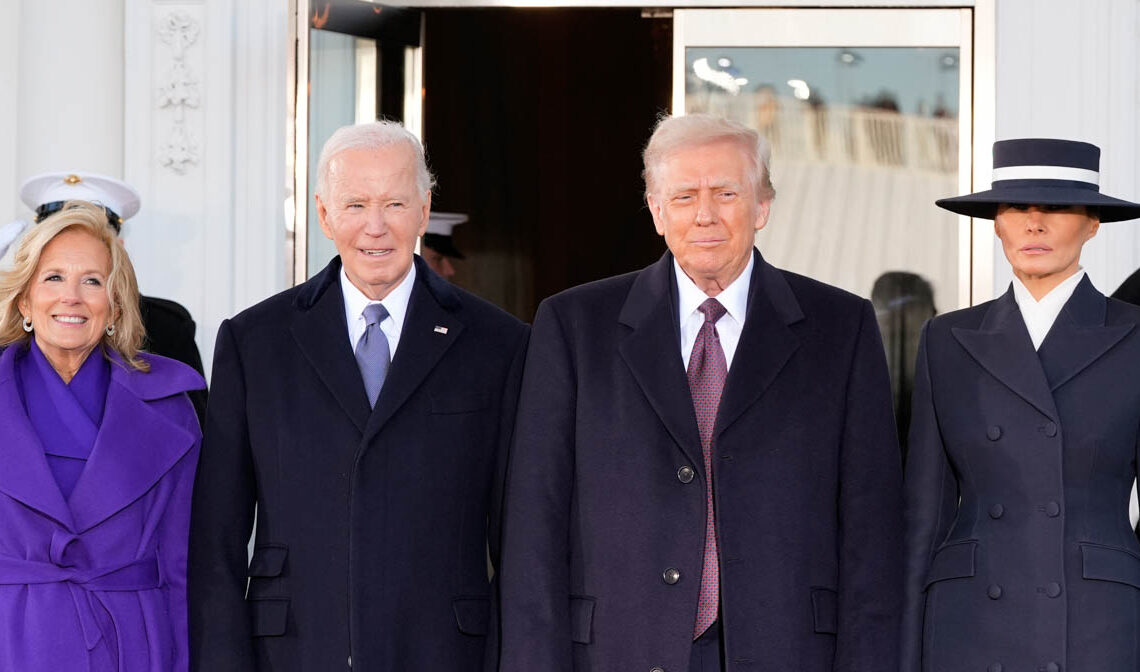
If you’re an avid college sports fan, or your parents listen to sports radio, you’ve probably heard ample debate about the PAC-12 transfers. But the question is, what is the PAC-12, why is it so important, and why does their college’s realignment matter?
Conference realignment in the National College Athletic Association (NCAA) is nothing new. Realignment occurs when a college chooses to join another conference in order to play different teams more often.
The foundation to the Pacific 12 Conference (PAC-12), called the Pacific Coast Conference (PCC) was formed in 1915. The original conference consisted of the University of California, Berkeley (Cal-Berkeley), the University of Washington (Washington), the University of Oregon (Oregon), and Oregon State University (Oregon State).
The PCC was renamed the PAC-8 in 1959 with the merger of the University of Southern California (USC), Washington State University (Washington State), Stanford University (Stanford), and The University of California, Los Angeles (UCLA). The University of Arizona (Arizona) and Arizona State University (Arizona State) were added to the PAC-8 in 1978, making it the PAC-10. In 2011, the University of Utah (Utah) and the University of Colorado, Boulder (Colorado) were added to the conference, which at last became the PAC-12.
The PAC-12 established itself as a premier league and went by the moniker “The Conference of Champions” soon after. The winner of the PAC-12 would go on to play the winners of other similar conferences like the Big 10, Southeastern Conference (SEC) and Atlantic Coast Conference (ACC). The 5 most prominent conferences form the Power 5, which holds the most elite athleticism in college football.
If the PAC-12 is so great, why are so many colleges leaving? The simple answer, money. The PAC-12’s media deal with ESPN and Fox Sports was only for $12 million, the least amount of money compared to the other Power 5 conferences (Big 10, SEC, ACC, and the Big 12 ). This deal, however, expires in 2024, and the new proposed deal with Apple TV will generate less than $20 million per school.
Meanwhile, the Big 12, a conference similar to the PAC-12, has a media deal with Fox and ESPN Sports for $2.3 billion and allows any Power 5 school that joins a prorated amount of $31.7 million per university. Schools that join the Big 10 will reportedly make $100 million starting in 2025. SEC schools are projected to make $60-70 million per school, and the Atlantic Coast Conference schools will each earn $39.4 million per school through 2036.
“The old question- how long will it take for TV money to destroy college football?” Washington State’s head coach, Jake Dickert, told reporters, “To think, even remotely, five years ago the PAC-12 would be in this position, it’s unthinkable to think that we’re here today.”
Besides money, schools want to leave the PAC-12 to gain more media exposure. SEC and Big 10 Conference games are more televised than typical PAC-12 matches, making it desirable to leave the PAC-12 to join another major conference. Plus, because the previous media deal with ESPN and Fox expired in 2024, exiting schools do not have to pay an exit fee like they would have been required to previously.
The PAC-12 split will change college sports forever. With Arizona, Arizona State, Utah, and Colorado joining the Big 12 and USC, UCLA, Washington, and Oregon joining the Big 10, only Cal-Berkley, Stanford, Oregon State, and Washington State remain in the PAC-12. It remains to be seen if the PAC-12 will remain “The Conference of Champions,” or if it will become a memory of a simpler time in college sports.







